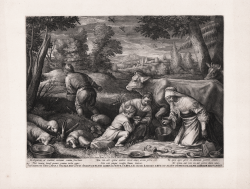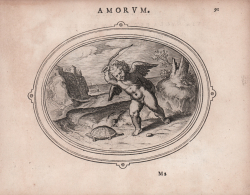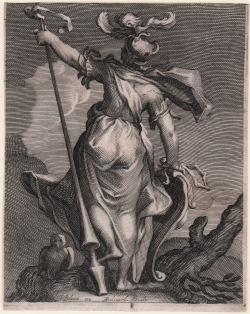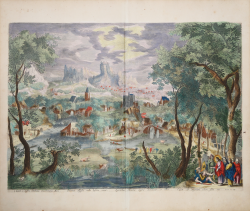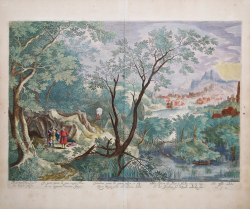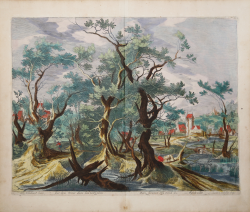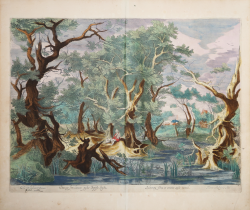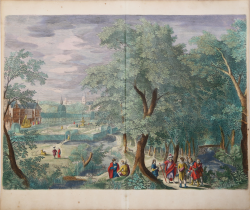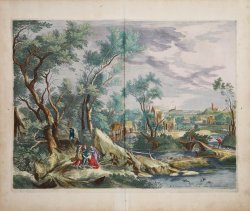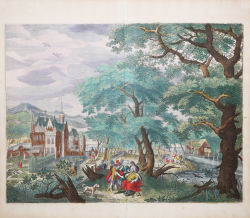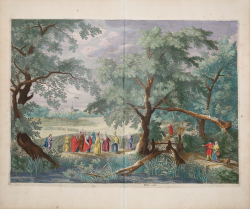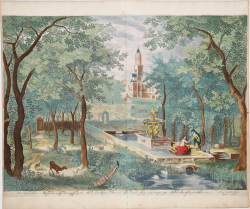Landscape with Christ healing the insane on the Sabbath
Jan van LONDERSEEL
Code:
S7275
Measures:
482 x 347 mm
Year:
1614 ca.
Landscape with the Prophets Ahias and Jerobeam
Jan van LONDERSEEL
Code:
S7274
Measures:
480 x 345 mm
Year:
1614 ca.
Wooded landscape with the prophet of Judah being killed by a lion
Jan van LONDERSEEL
Code:
S7273
Measures:
470 x 368 mm
Year:
1614 ca.
Forest landscape with John the Baptist
Jan van LONDERSEEL
Code:
S7271
Measures:
475 x 358 mm
Year:
1614 ca.
Woody landscape with the parable of the owner of the vineyard
Jan van LONDERSEEL
Code:
S7345
Measures:
468 x 360 mm
Year:
1614 ca.
Rich Landscape with Abraham and three Angels on the left
Jan van LONDERSEEL
Code:
S7104
Measures:
485 x 360 mm
Year:
1614
Christ and His Disciples Harvesting on the Sabbath
Jan van LONDERSEEL
Code:
S7108
Measures:
515 x 370 mm
Year:
1614 ca.
Wooded landscape with Bathsheba receiving David's letter
Jan van LONDERSEEL
Code:
S7114
Measures:
480 x 340 mm
Year:
1614 ca.

